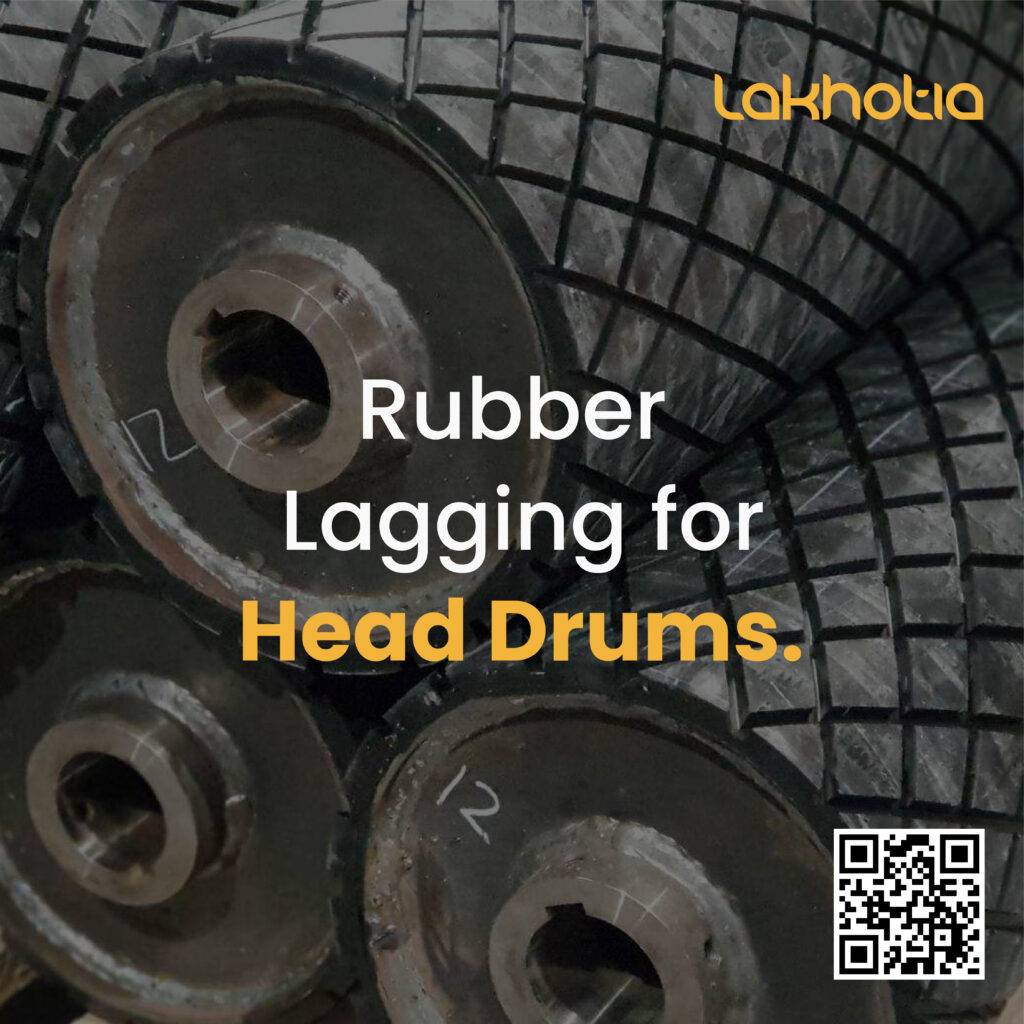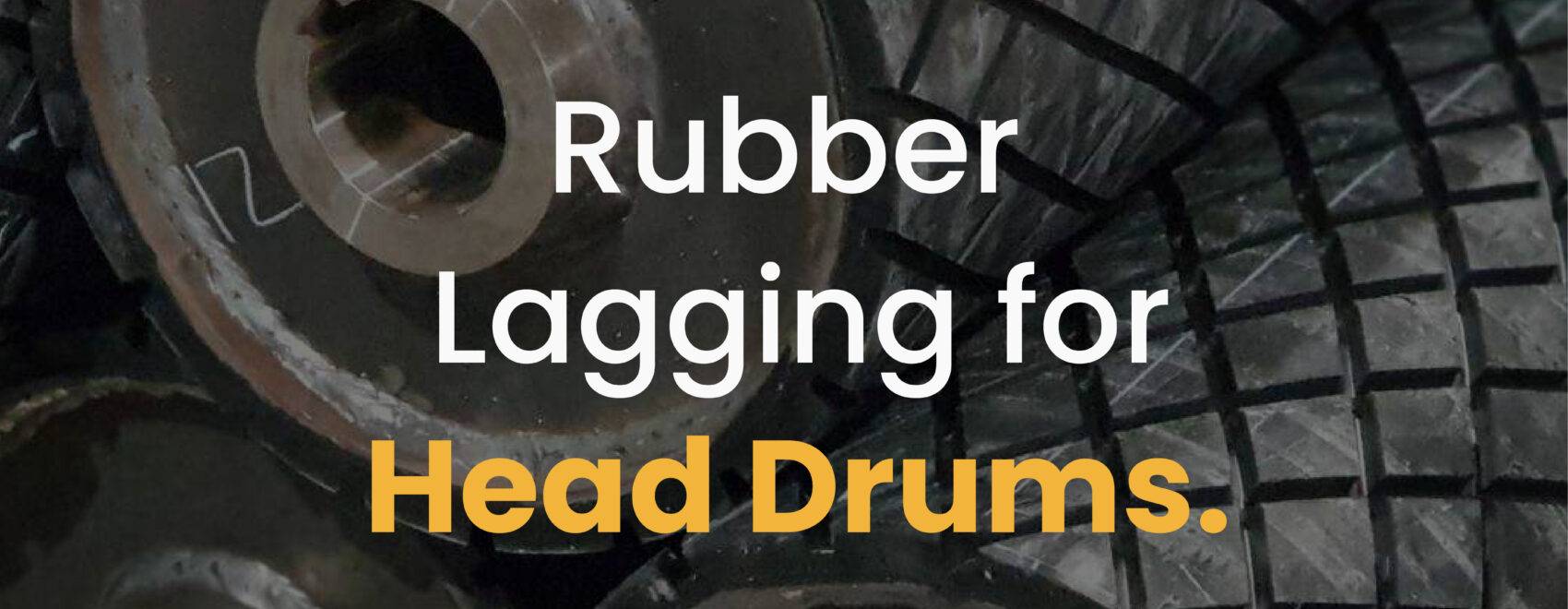In the bustling world of manufacturing, efficiency and reliability are paramount. Conveyor belts play a vital role in streamlining production processes, and among the array of options available, cotton canvas conveyor belts stand out for their versatility, durability, and wide-ranging applications.

Rubber lagging is applied to the head drum (also known as the drive pulley) of a belt conveyor for several reasons.
Rubber lagging provides traction between the conveyor belt and the drum, preventing slippage and ensuring efficient power transmission. This is a key consideration for rubber conveyor belt suppliers, who often recommend rubber lagging to optimize the performance and reliability of conveyor systems.
The head drum is where the drive system imparts motion to the conveyor belt. Rubber lagging enhances the grip between the drum and the belt, reducing the risk of slippage. Conveyor belt suppliers often recommend rubber lagging as a key component to optimize performance and ensure efficient operation.
Rubber lagging helps protect the conveyor belt from wear and damage by acting as a cushioning layer between the belt and the metal surface of the drum. Conveyor belt suppliers often emphasize the importance of rubber lagging in extending the lifespan of both the belt and the drum, ensuring smoother and more reliable operation.
Rubber lagging helps to lessen friction between the belt and the drum, which is crucial while the conveyor system is starting up and accelerating. This is particularly beneficial for rubber conveyor belts, as it helps prevent slippage and wear, ensuring smoother operation and extended longevity.
Rubber lagging can extend the efficiency of the head drum by providing a protective layer that absorbs some of the impact and abrasion caused by the conveyed material. This is especially advantageous for rubber conveyor belts, as it helps to reduce wear and tear, ultimately enhancing the overall durability and performance of the system.
Different types of rubber lagging materials are available, and the choice depends on factors such as the specific application, conveyor load, and environmental conditions. Some common types include diamond-grooved rubber lagging, plain rubber lagging, and ceramic lagging. Rubber conveyor belt suppliers can help guide you in selecting the appropriate type of rubber lagging to match your needs and ensure optimal performance of your conveyor system.
Rubber lagging is typically installed by bonding or welding it to the drum’s surface. For best use, installation must be done correctly.
Regular inspection and maintenance of the rubber lagging are necessary to ensure continued effectiveness and to address any wear or damage.









